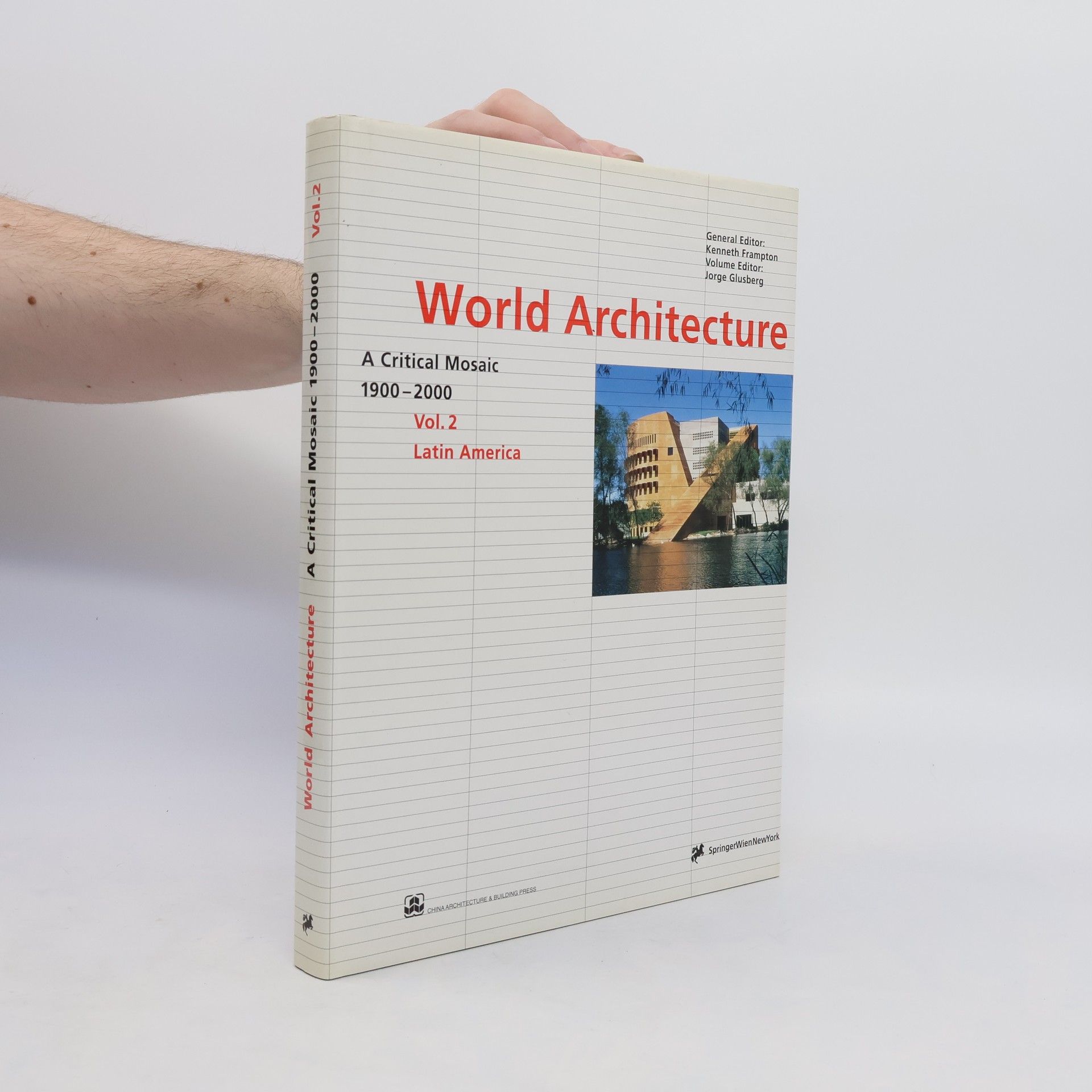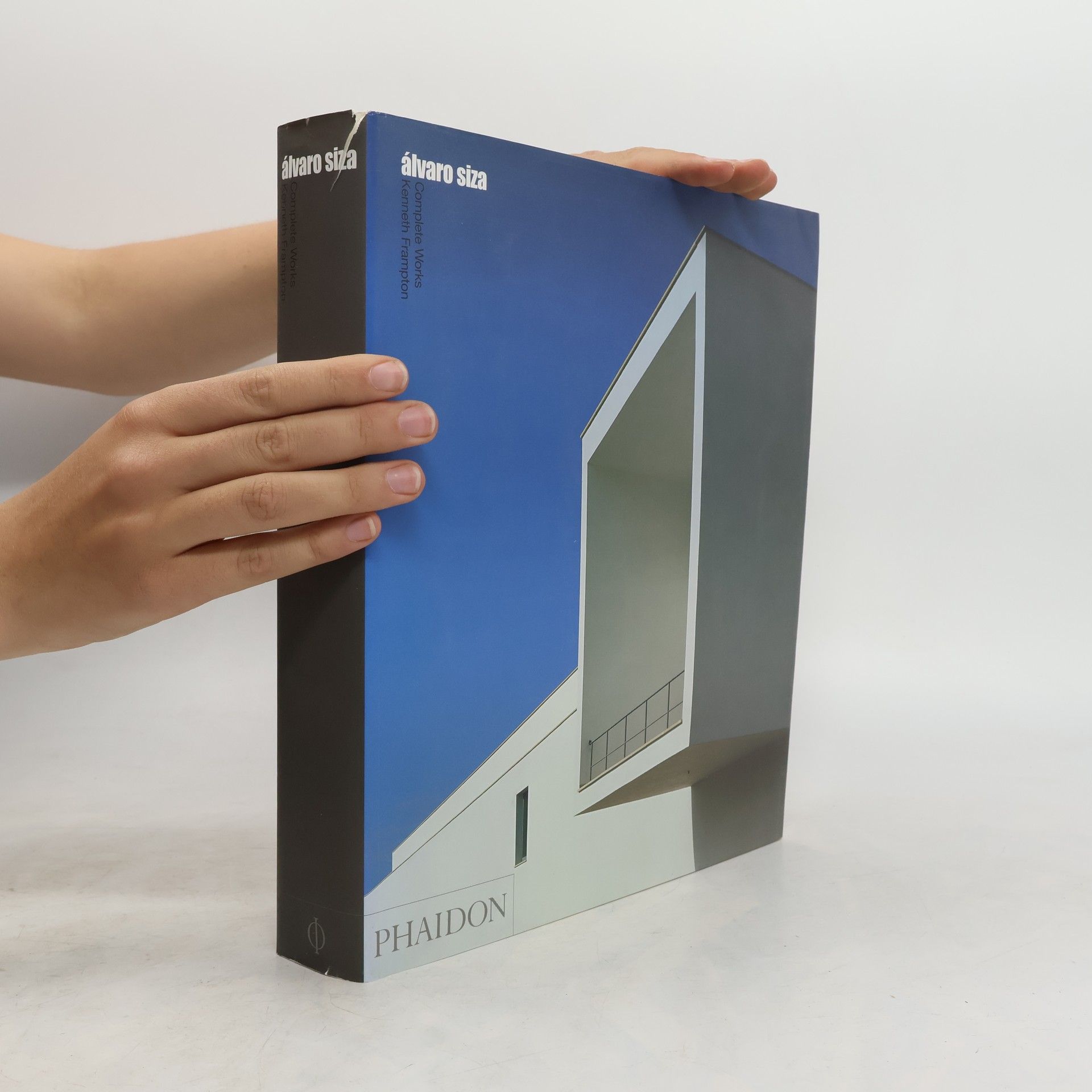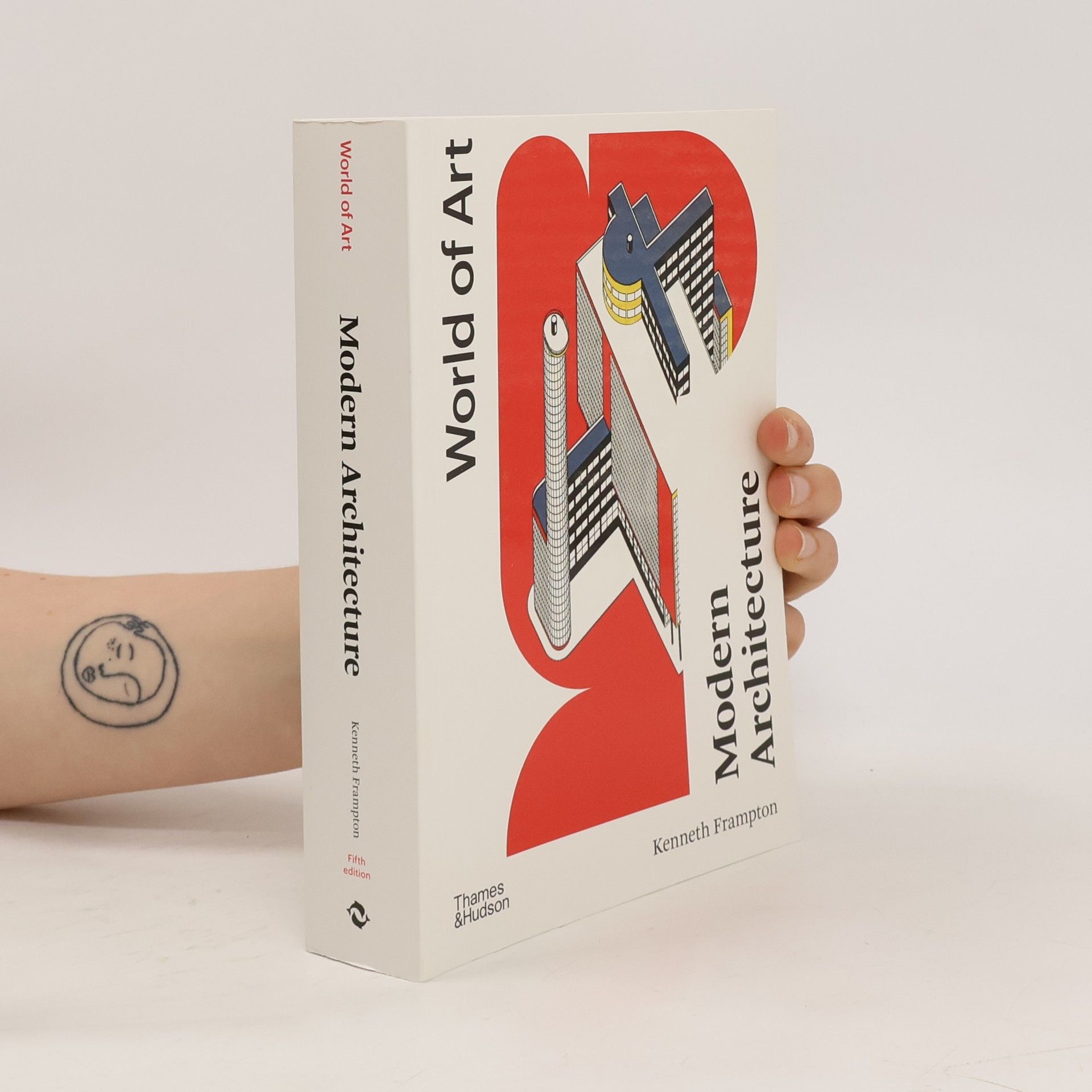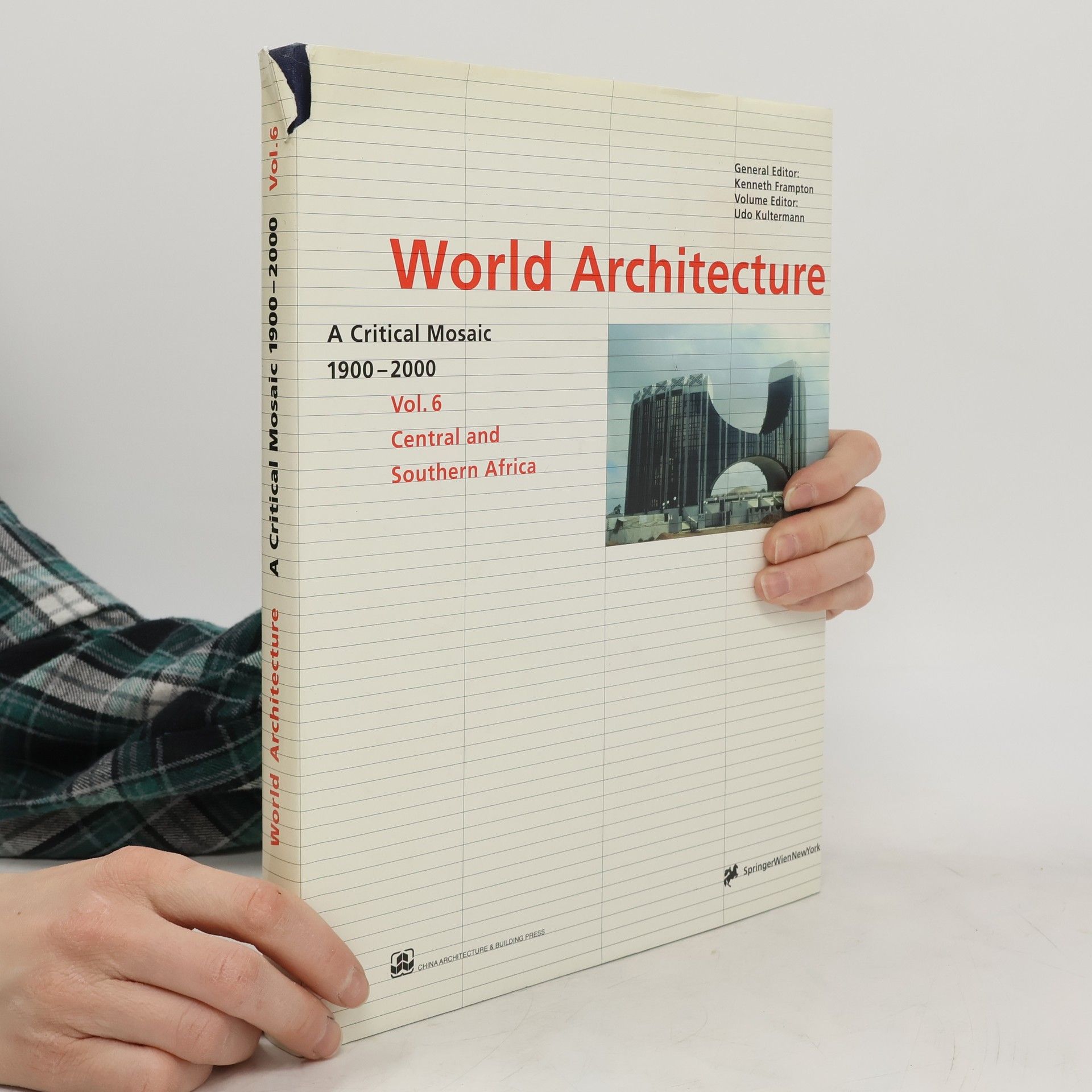David Chipperfield worked for both Richard Rogers and Foster Associates before establishing his own practice in 1984. Often erroneously thought of as a minimalist architect, he has become one of the most conceptionally complex architects working today, thanks to the diversity and depth of his realized projects. Amongst his highly acclaimed projects are the River & Rowing Museum which was his first major commission in England, the Knight House, or the masterplan for the Museum Island in Berlin. More recently his projects include the Villa in Berlin-Schöneberg and the elegant office building in Düsseldorf. Chipperfield is also active in Milan, Venice, Madrid, the USA, and Japan. Beautifully designed by Quentin Newark this book presents with over 60 projects Chipperfield´s complete oeuvre. An essay focuses on his creative process and the architect's considerations on the architectonic development over the last decades. Jonathan Keates and Kenneth Frampton analyse key aspects of Chipperfield´s architecture.
Kenneth Frampton Livres
Kenneth Frampton est un architecte, critique et historien britannique, réputé pour son analyse approfondie de l'architecture du XXe siècle. Son œuvre défend le modernisme à travers le régionalisme critique, en soulignant l'autonomie de la pratique architecturale. Frampton explore les aspects formels et tectoniques de l'architecture, arguant qu'ils ne peuvent être réduits uniquement à des facteurs économiques, tout en maintenant une perspective de gauche sur la responsabilité sociale de la profession. Ses écrits influents ont façonné le discours architectural et formé des générations d'étudiants.







Modern Architecture (World of Art)
- 736pages
- 26 heures de lecture
An extensively revised and updated edition of a bestselling classic on modern architecture and its origins.
Le Corbusier
- 224pages
- 8 heures de lecture
Le Corbusier's ideas and works constitute the greatest single influence in the development of architecture in the 20th century. His passionately expressed philosophy has had an enormous effect on the urban fabric and the way we live. Weaving through his long and prolific life are certain recurrent themes - his perennial drive towards new types of dwelling, from the early white villas to the Unite d'Habitation at Marseilles; his evolving concepts of urban form, including the Plan Voisin of 1925; and his belief in a new technocratic order.
Third edition: revised and enlarged362 illustrationsThis acclaimed survey of 20th-century architecture and its origins has become a classic since it first appeared in 1980. Now revised, enlarged and expanded, Kenneth Frampton brings the story up to date and adds an entirely new concluding chapter that focuses on four countries where individual talent and enlightened patronage have combined to produce a comprehensive and convincing architectural culture: Finland, France, Spain and Japan. The bibliography has also been reviewed and extended, making this volume more indispensable than ever.
Álvaro Siza
- 620pages
- 22 heures de lecture
A comprehensive monograph of one of the most interesting architects working today.
World Architecture 2. A Critical Mosaic 1900-2000
- 284pages
- 10 heures de lecture
One thousand of the world's most notable buildings of the 20th century are presented in this 10-volume series. Each volume focuses on a particular geographical region, highlighting 100 buildings through text, photographs, and drawings.
The book contains twelve interviews focusing on the problem of critical and projective approach to architectural thinking and design discussed by leading American theorists, historians and practitioners of architecture.
World architecture 1900-2000: a critical mosaic: vol 1-10.
Exploring modernist architecture, this book highlights its rich diversity and complexity, showcasing the innovative designs that emerged across different contexts. It delves into the various influences and ideas that shaped modernism, offering fresh insights into its evolution and impact on contemporary architecture. The examination reveals the multifaceted nature of modernism, celebrating its creative breadth and the unique contributions of various architects and movements.



